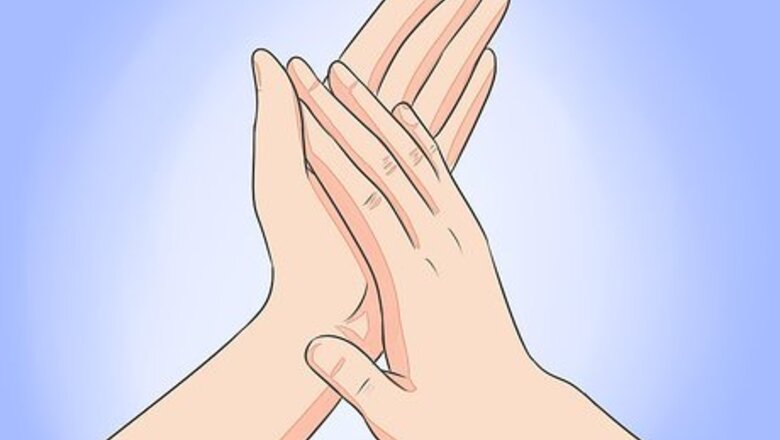
views
Clapping Techniques
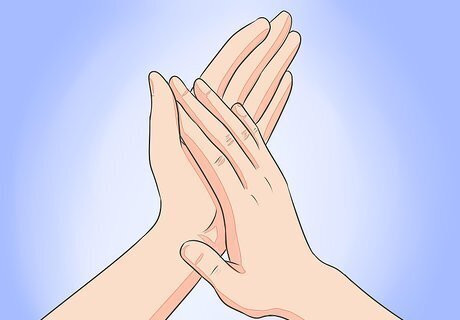
Do the basic clap. Open your hands and clap your palms against each other, with the fingers held up towards the sky. Do it hard enough to get a good loud smacking sound out of it, but not so hard you turn your hand red. Some people clap more by clapping the fingers of one hand against the palm of the other. Do whatever feels most comfortable for you.
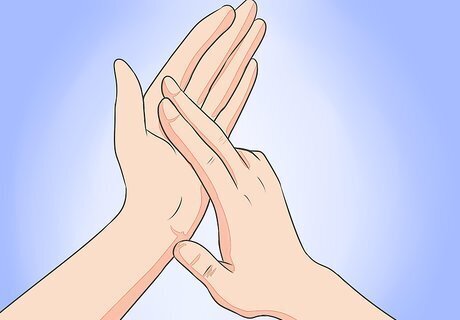
Do the royalty clap. You know when the Queen comes out of the castle and deigns to applaud her loyal subjects with a brief applause? That's what you're going for. A demure clap can be done just by clapping with the first two fingers, tapping them into your palm. It should make very little noise, giving the impression that you're clapping more than actually contributing to the group.
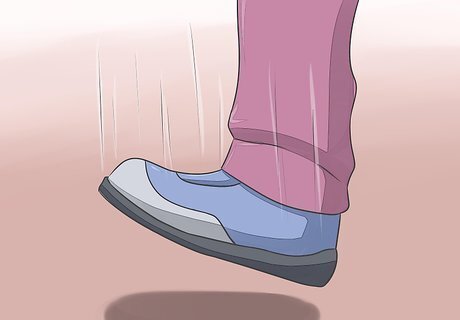
Clap without your hands. Not all cultures or situations call for hand on hand clapping. Learn to use other types of claps so you'll be prepared to celebrate in all situations. Stomping your feet is a common way of applauding at some camps and in some sporting events. It makes more of a thunderous rumble that can be quite intimidating and fun. Rapping your knuckles on the table after a lecture used to be common in some boarding schools, as opposed to clapping. To snap or not to snap? The cliché that beret-wearing hipsters snap at each other’s poems at jazzy cafes is a cliché based on an out-of-date 1940s stereotype. If you snap your fingers at a poetry reading, you'll probably be the only one. It's like yelling "Freebird" at a rock concert.
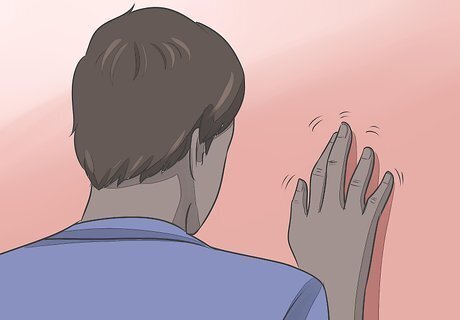
Clap silently. In situations in which it’s inappropriate to make noise, or when the audience is primarily hearing-impaired or deaf, the general way of clapping is to raise your hands with your palms facing away from you, and to wiggle your fingers. Sometimes called "sparkling," this is also used to agree or to support a speaker during meetings of consensus, Quaker meetings, or other events during which speaking out is not allowed.

Do the slow clap. A slow clap starts and builds gradually into a roar of applause. To start a slow clap, begin clapping no more than once every two seconds and gradually wait for others to build and join in with you. Gradually, speed up. Slow clapping can often mean a variety of things. Traditionally, a slow clap was considered a kind of heckle instead of a celebration, though now it's considered a kind of winking or ironic celebration of something dramatic "epic." You might slow clap your little brother after he finally cleans his bedroom, for instance.
Clapping at the Right Time
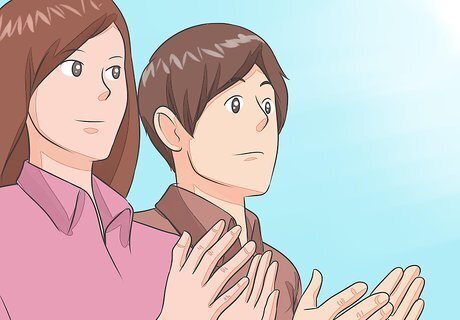
Wait to clap until you hear clapping. Clapping can be a great way of showing your appreciation, but it can also be rude if you clap at the wrong time. In certain situations, it’ll be obvious when to clap, but other times are more ambiguous. Not sure when to clap? The best way to avoid an awkward situation is to wait to clap until you hear applause, then join in. Use the volume of people clapping around you to keep your volume at an appropriate level. Match your style of clapping to the rest of the crowd. Is it appropriate to clap after a soloist at church? After a good movie? After a solo during a concert? It’ll change in every situation. Go with what happens around you.
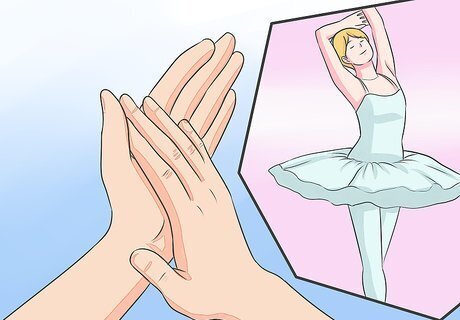
Clap to celebrate excellent performances. The most common purpose and moment for applause is when something great has just happened in public that deserves celebrating. Speeches, athletic events, and concerts are all common places to clap. Points in athletic competition, or great plays are often rewarded with clapping and applause in many cultures. In others, overly dramatic displays of emotion are somewhat looked down on, but if people are clapping it's probably a safe bet that you won't be glared at. Most people clap after songs at a pop music concert of any kind, as well as when performers come to and leave the stage. At public speaking events, it's common to welcome a speaker to the stage, and congratulate them at the end of a speech or performance. Depending on the occasion, it's usually uncommon to clap in the middle of most performances, unless directed by the performer. Sometimes accompanying clapping might be requested, or to "Give a hand" to someone present. Follow instructions.
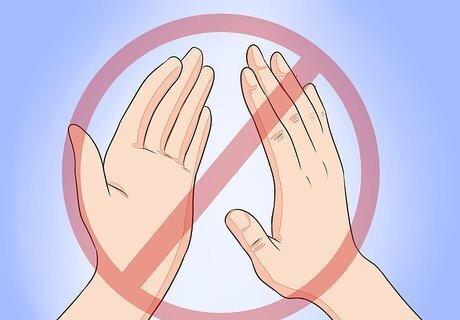
Stop clapping when it starts to taper off. As soon as the clapping starts to die down, it’s ok to stop clapping. Clapping isn’t a chance to interrupt a performance, it’s a chance to celebrate it. Get quiet with the crowd and don't act silly.
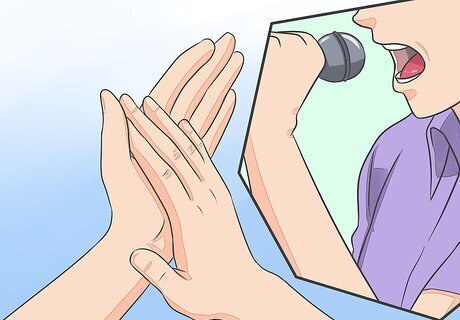
Clap at the end of a concert to request an encore. It’s also common to clap as a part of audience participation at some music events or concerts. If the performance was particularly great, continue clapping and try to prompt the performer to come back out for one more song or routine. At the very least, you might get another bow. As long as you’re tactful, clapping with the beat is a common occurrence at many concerts.
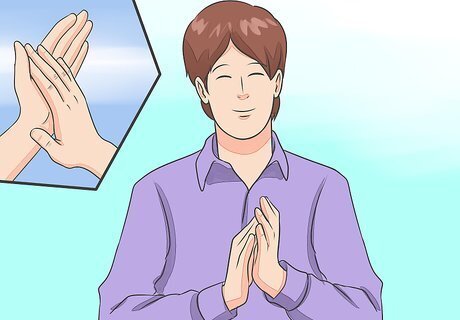
Applaud if you’re being applauded. If, for some reason, you're on stage being celebrated, clapping along with everyone else can be a nice, humble-looking maneuver, done properly. Bow your head to acknowledge the thanks, then start clapping with everyone else. If it goes on too long, give the cut sign and start your thank-yous. Always thank an audience for any applause that you receive. It's also common to prompt applause for other people present. If, for example, you're giving a big speech and your thesis advisor is present, you might want to recognize her for applause.
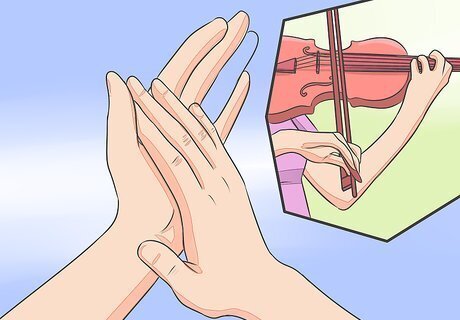
Be careful when clapping during classical music. The rules about clapping during classical performances will depend on the venue, the group of musicians playing, the director, and the piece. It's usually only common to applaud in between individual pieces, and in some cases in between particular movements of a longer piece. In some cases, it's only appropriate to clap to welcome the performer to the stage and to clap at the end of the performance. Refer to the program for specific instructions regarding clapping, or wait to clap until you hear other people clapping to be sure. It used to be common in the age of Mozart for crowds to be more disruptive. Particularly moving passages would cause audiences to break into applause while the musicians were still playing. Many people attribute the newer attitude regarding applause to Wagner, who's direction to avoid curtain calls for Parsifal is thought to have confused some concert-goers into thinking that absolute silence was essential.
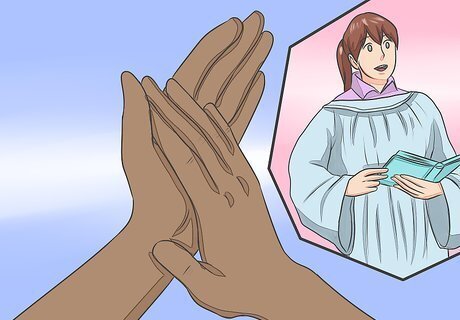
Clap after music at some churches. Traditionally, choral music is not applauded, and is to be appreciated in rapt and contemplative silence. At more modern praise churches, on the other hand, it's very common to applaud the performance after its given. At Pentecostal churches, clapping is pretty much part of the sermon. Every church will be different, so be observant and go with the flow. Don't be the first to clap at church, but join in if you hear the joyful sound.










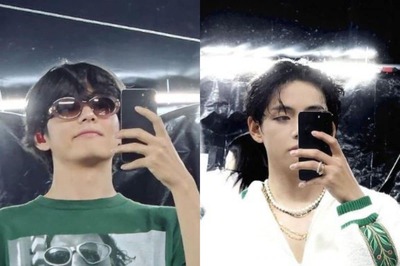







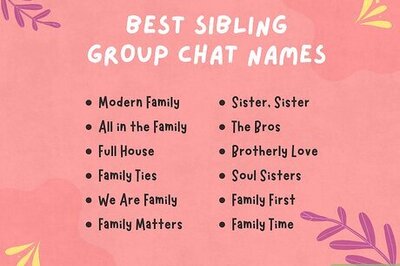
Comments
0 comment